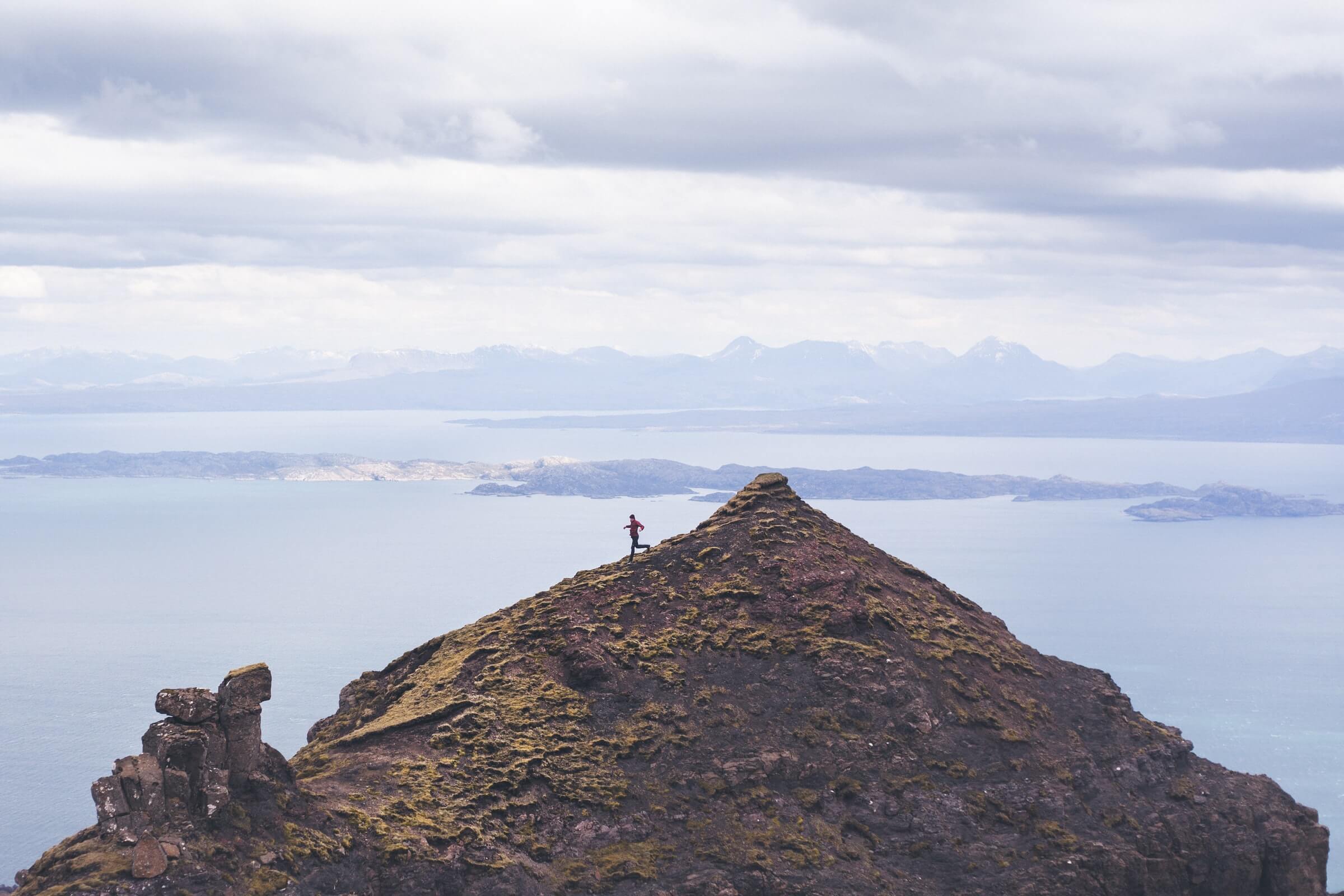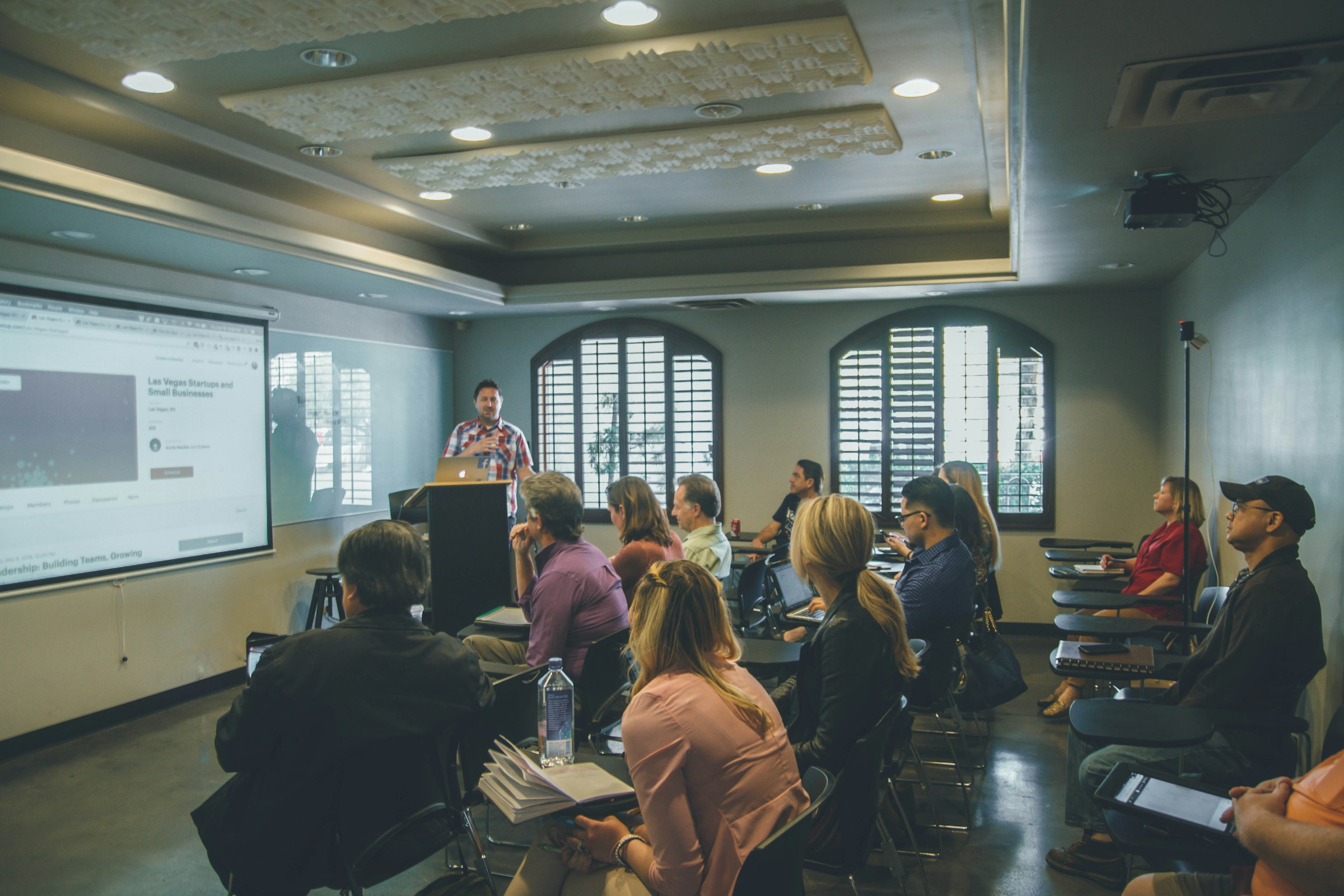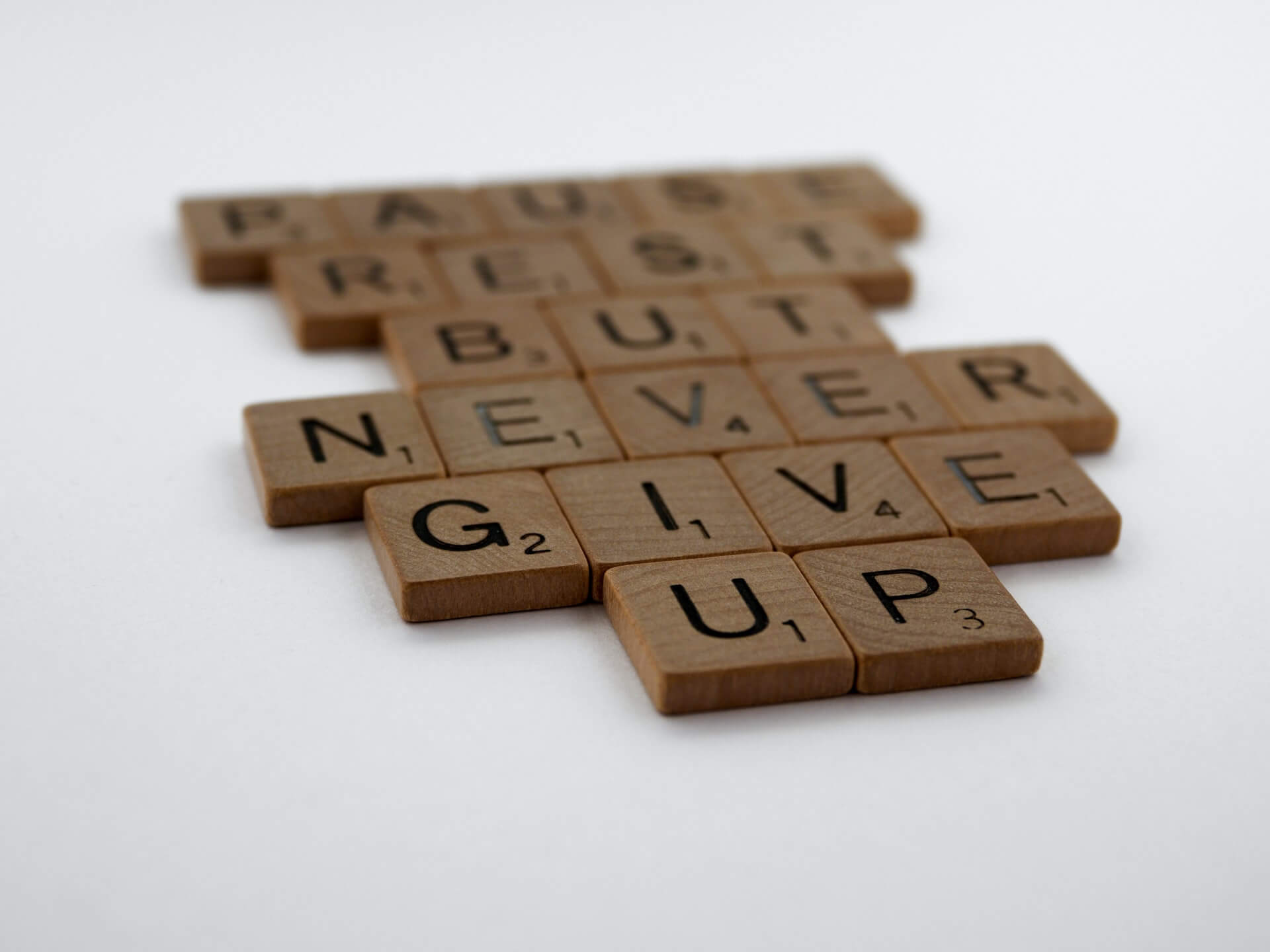Wednesday, 7 PM, Berlin. It was pitch-black in the park. Only the two small light cones from our running lights gave us sight for the 3 meters through the fog and illuminated the raindrops in front of us. Pierre, a colleague and friend of mine, invited me spontaneously for an after-work run. It was already raining for a couple of hours, so – naturally – I was soaked when arriving at the park 10 minutes after leaving the house. The close to freezing point temperatures were probably the last nail in the coffin for most other runners, so we only met a few dog owners on our way. Due to the rain, all the paths were flooded with puddles that slowly but surely became small ponds. So we had to be creative and find new paths and ways to avoid some of the bigger splash sounds below us. After taking a break for a couple of weeks, I was excited to run again! We took our usual tour, up and down the small bunker mountain, past the Fairy Tale Fountain (“Märchenbrunnen”), and around the tall bunker mountain back to the eastern main entrance.
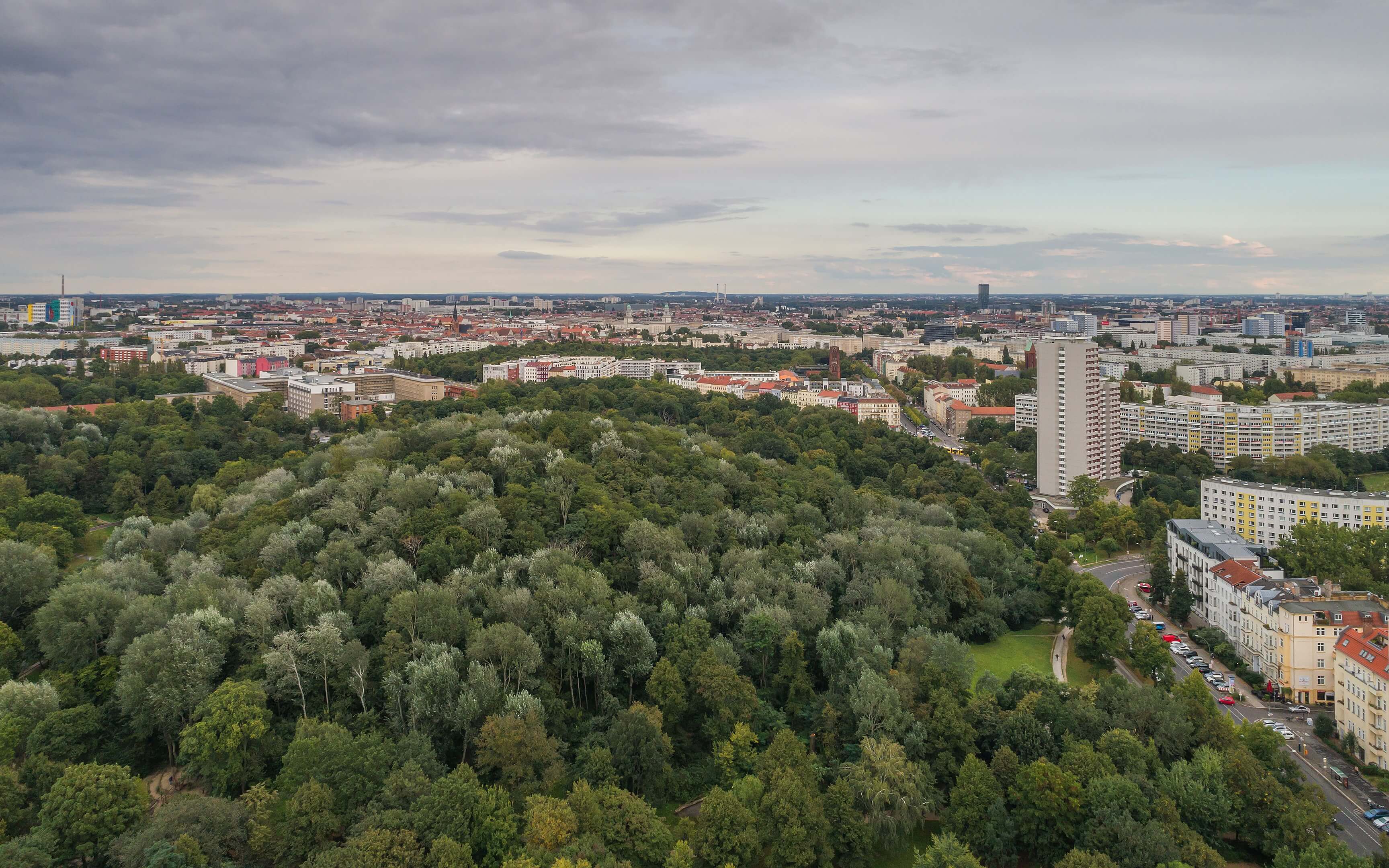
Hidden fact (literally): under these trees lies a former military bunker/flak tower, which was destroyed in 1950 and transformed into an artificial mountain in the park. You can still see some parts of the broken walls sticking out of the soil.
Others might describe this run as one of their worst running experiences was one of the most incredible runs I had. It had everything: adventure, cold, the feeling of real connection to nature (which is rare in a big city like Berlin!), and I was just excited to run again.
Why am I telling you this? Well, maybe I was a bit under the influence of the book I just finished reading! And because I really enjoyed this book, and as we are currently in the month of the #ReadABookChallenge, I want to tell you about it.
So grab a coffee (or a hot cup of cocoa) and let me tell you about: Born to run!
Born To Run – by Christopher McDougall
The book tells an epic – and true – story about Christopher McDougall’s quest to finding Caballo Blanco, an urban legend who is told to be living somewhere in the Copper Canyons (Mexico) among the Tarahumara, “a tribe of Stone Age superathletes”. Funnily enough, when he finds Caballo Blanco, it turns out that Caballo was looking for exactly someone like him. His vision was to organize a race in the Copper Canyon between the Tarahumara runners and the world’s best and toughest ultra-distance runners, and Christopher McDougall was writing for Runner’s World magazine at that time. A perfect match to promote this race to the whole community.
But it’s not just an adventure book! It’s a superb balance between reports from famous races, the origins of the ultra-marathon community, anecdotes, introductions of different characters throughout the book, and science & history of the running sport. Every chapter surprises you with something new, and you never get bored of the stories or overwhelmed by the science or race reports.
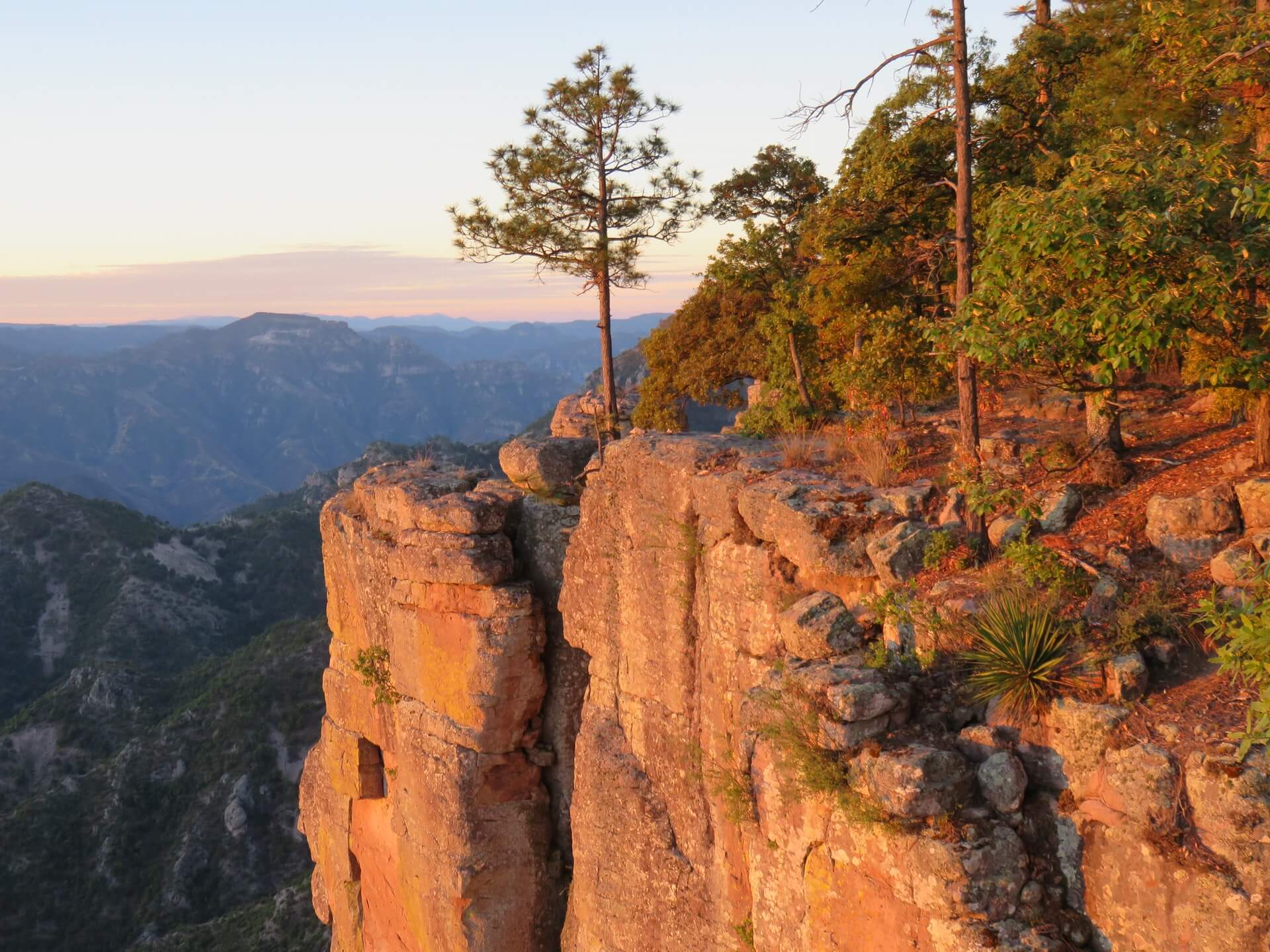
The plot
While the book starts in Mexico, somewhere in the desert in Narcos’ territory, the book’s origin starts with a simple question in America: “How come my foot hurts?”. And this is not an atypical question among runners. Up to eight out of every ten runners gets hurt every year. But why? Running shoes get more and more high-tech, and you might think with all this supporting cushioning below your feet, it should eventually result in fewer running injuries. Instead, the opposite seems to be true! Running injuries increase every year. Writing for magazines like Men’s Health and Esquire, McDougall starts his quest to find out why every other mammal on the planet has no issues with running. As he rightfully compares: “Antelope don’t get shin splints. Wolves don’t icepack their knees.”.
So he visits several doctors and specialists in the field of running injuries but basically gets the same results every time: Running is just bad for your body. By coincidence, while writing another article in Mexico, he learned about the Tarahumara tribe and their legendary running skills. In sandals, by the way… through rubble and mountains… in the desert of Mexico. On top of all that, we are talking about races of the length of multiple marathons! Some races take up to two full days! The Runner’s World magazine sent him to find out more about the Tarahumara tribe, which in the end lead to one of the greatest races in human history with the Tarahumara and a few of the craziest ultra-distance runners in the Mexican desert.
The characters
Naturally, when talking about something extreme like ultra-distance running, it makes sense to introduce the reader to the history, the events, and some famous characters on the way. One of those characters is Ann Trason, a female ultra runner who set the female world record for the Leadville Trail 100 in 1994: 18:06:24.
“Oh my god, 100km?!” – Nope.
One hundred miles, or about 160 kilometers!
McDougall has a great way of describing past events like you were actually there and could hear the runners think on their track. This is shown in perfection when he describes the Leadville 100 of 1994, where – incidentally – Ann Trason was competing against multiple Tarahumara runners. One of the rare occasions some “gringo” convinced the runners to leave their canyon and compete in American races.
The anecdotes
Another character briefly introduced is Emil Zátopek (1922-2000). This hilarious description of one of the early disruptors of the running discipline is breathtakingly fascinating and, at the same time, brought tears into my eyes with laughter.
Zátopek competed in the 1952 Olympics in Helsinki. Since the Czech team was so small, he could choose which distance events to pick. So he picked them all. After winning a gold medal in the 5.000 and 10.000m, both setting new world records, he lined up for the marathon (42.2km), a discipline in which he never competed before. Jim Peters (then world-record holder) wanted to punish Zátopek’s inexperience by increasing the pace early on this hot summer day. Zátopek wasn’t sure he could hold the pace, so after around 10K, he pulled alongside Peters and asked: “This is my first marathon. Are we going too fast?”. Peters replied: “No, too slow”. “Are you sure this is too slow?”, Zátopek asked again. Peters confirmed, Zátopek thanked him and increased his pace, even more, resulting in a phenomenal time of 2:23:03,2 h!
While the story of Zatopek is only 3-4 pages long in the book, this is probably one of my favorite anecdotes from the book, and it shows the brilliance of McDougall’s story-telling perfectly!
The adventures
I don’t want to provide too many spoilers on the book, so you need to believe me that you definitely won’t get bored! You will read about other races, encounters with a Mexican drug cartel, a woman loving to run naked in the forest, “a young surfer babe in pigtails who rain straight toward her death in the desert”, one runner died, two others barely escape with their lives.
As I said… you won’t get bored. Believe me 😉
The science
Interwoven between all these characters, stories, and adventures are some hard facts and studies about running and the human body. Like a good chef adding a pinch of salt, Christopher McDougall adds a little bit of opinion talking about the history of running shoes, their manufacturers, and the commercial machinery behind the running sport since the 1980s. But it’s not just studies! Even here, McDougall adds a few anecdotes. Like the story of Vin Lananna, Stanford University’s running coach (2001), who wanted his runners to do parts of their workouts barefoot because he experienced that they became faster and had fewer injuries. Being sponsored by Nike, this was problematic but might have led to the invention of the Nike Free. If you want some hard truths about running shoes and how they improve your running (or not), Chapter 25 is definitely for you!
For me, one of the most interesting chapters is Chapter 28: “The Running Man theory”. Here, McDougall quotes David Carrier and Dr. Dennis Bramble and their discovery of the connection between breathing and running in mammals: https://www.researchgate.net/publication/16350157_Running_and_breathing_in_mammals.
Briefly summarized, look at a rabbit, dog, a cougar, or a cheetah when they’re running. Their body always stretches and flexes back. While this is, on the one hand, great for fast strides, Carrier and Bramble discovered it also serves another purpose: Breathing! When the mammal stretches long for a stride, air is sucked into the lungs. When the front legs whip back to where the rear paws are, the chest cavity is squeezed, pushing air out of the lungs. Comparing this to humans, mammals can only take one stride per breath while we humans can take multiple strides in one breath! We’re still terrible at outrunning a cheetah (I wish you’ll never have to try that!), but with our human physiology, we’re really good at running long distances! McDougall advances in Dr. Bramble’s studies, comparing the Homo Sapiens with the Neanderthals, splitting the animal world between runners and walking, and hinting that, by comparing us with our closest living relatives (the chimpanzees), humans have acquired “all this specialized running stuff” that we wouldn’t need as walkers. The chapter goes on about the benefits of the human cooling system (i.e., sweating), how scientists tested if humans could outrun horses, and how all these findings result in the theory of the Homo Sapiens outliving the Neanderthals by being better long-distance runners.
You could say, as a homo sapiens yourself, you were… Born to Run. (← see what I did there? 😅)
Born to run?
There is a reason why Christopher McDougall’s book “Born to Run” stayed on the New York Times Best Seller list for over 4 months. It’s a brilliantly written work about an exciting adventure while also being hilarious and informative. I really enjoyed this book and will probably even reread it in a while (something I rarely do!). I can absolutely recommend it to you!
I am a passionate runner for a couple of years already. Still, this book again gave me a massive boost of motivation and a little reminder: Running is not (only) about testing your boundaries and achieving new personal records! Running should feel natural, even enjoyable! Don’t push through the pain, don’t get yourself insoles or injections, and then run again without ever thinking about proper form or technique! Running is a sport that will probably cause you pain if all you do is buying some nice-looking pair of running shoes and head out to the tracks. The same is true when you’re inexperienced, and you choose to go the barefoot/minimal running path! If you’re not trained, your feet muscles are probably completely underdeveloped from always walking on flat surfaces, mostly in shoes, with cushioning and the like for the last few decades.
So whether you’re a runner or not: train your feet!
When you keep form, technique, and training in mind, running can have a lot of benefits as well:
- It can improve mood and lift symptoms of depression.
- Running can actually improve knee health.
- Better sleep, more focus, and a better mood (https://www.jahonline.org/article/S1054-139X(12)00111-5/abstract).
- Running can improve your cardiovascular health significantly.
- It helps fight against age-related cognitive decline (better memory, focus, task switching (https://link.springer.com/article/10.3758/s13423-012-0345-4).
- Running makes your brain more resistant to stress! (https://pubmed.ncbi.nlm.nih.gov/11148895/)
- It reduces the chances for multiple causes of death (https://academic.oup.com/jn/article/132/11/3456S/4687180).
And in my own opinion: Running is one way to work on your self-discipline and perseverance. It is one way of pushing yourself out of the comfort zone, off the couch and into nature. It is a way to experience and push the limits of your mind and body. And that’s… great! 😉
Conclusion
Maybe you’re already a runner on the search for the answer to a similar question McDougall had. Maybe you’re interested in becoming a runner, finding out more about human physiology, and why the most expensive shoes might not automatically be the best for you. Or maybe, you’re not a runner at all and can’t even imagine yourself running for a few miles/kilometers. It doesn’t matter! In this book, you will find a great and entertaining adventure, feeling with those extreme athletes through their races, laughing about the anecdotes in between, and meanwhile learning a lot about the running sport, industry, and human physiology!
Hey! And if you read the book, let me know how you liked it on Twitter or LinkedIn!
